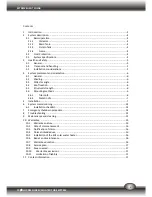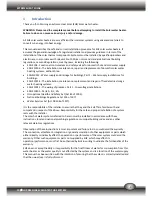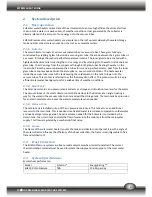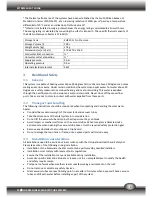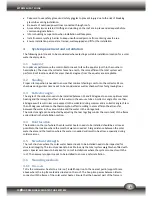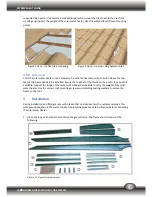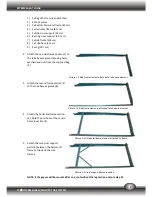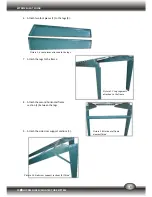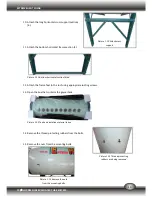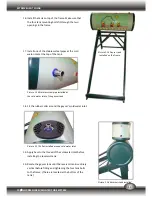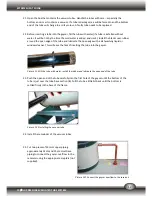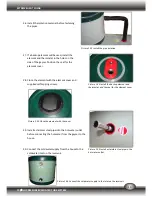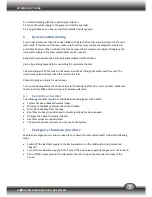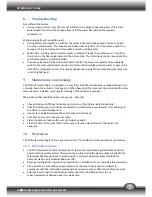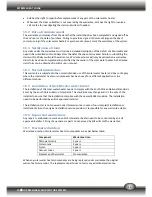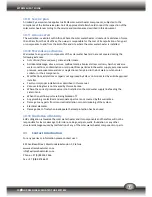
EXTREME HEAT SOLAR
10
100
l
NO PRESSURE EVACUATED TUBE SYSTEM
10.
Attach the long horizontal cross support sections
(6).
11.
Attach the bottom horizontal frame section (3).
Picture 1.11 Bottom horizontal section fitted
12.
Attach the frame feet to the roof using appropriate roofing screws.
13.
Open the box that contains the geyser tank.
Picture 1.12 Tank and isolation material in box
14.
Remove the thread protecting rubbers from the bolts.
15.
Remove the nuts from the mounting bolts.
Picture 1.13 Thread protecting
rubbers are being removed
Picture 1.14 Remove the nuts
from the mounting bolts
Picture 1.10 Attach cross
support


